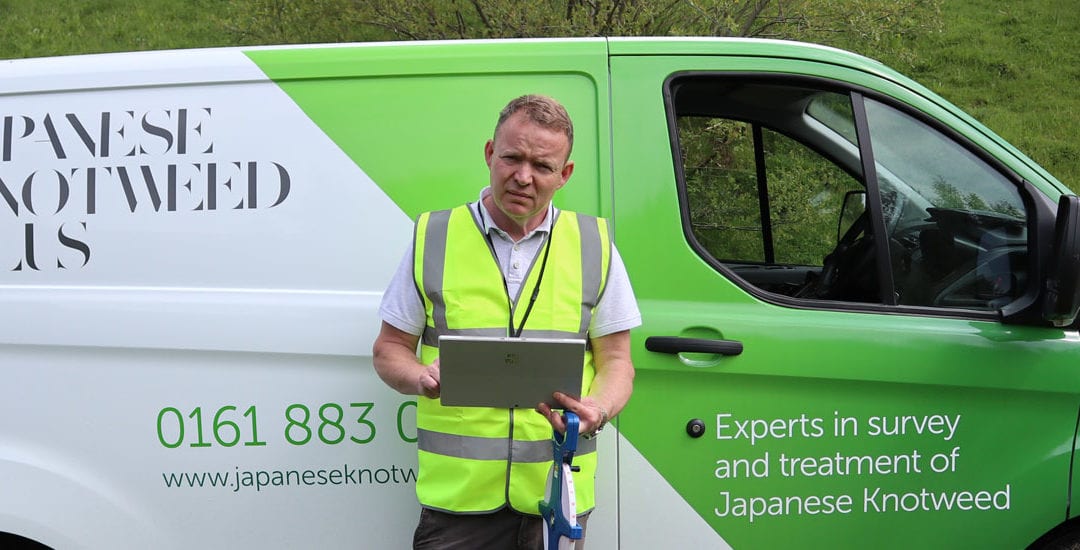Do surveyors check for Japanese knotweed?
Surveyors may on occasion check for Japanese knotweed as part of a property survey.
Do surveyors check for Japanese knotweed? Surveyors can check for Japanese knotweed as part of a property survey. Japanese knotweed is considered a severe threat to buildings and infrastructure. As well as being a nuisance to the natural environment. Surveyors who are specialized in identifying Japanese knotweed can conduct a survey. They will determine the presence, location, and extent of any infestation on a property. A survey will typically include an inspection of the property, both inside and outside. A report will be provided to the property owner or potential buyer. The report will typically include information on the infestation’s location, extent, and potential impact. It will also have recommendations for treatment and management.
Surveyors will check for the following:
- Presence of the plant
- Location and extent of the infestation
- The stage of growth and development of the plant
- Any damage to buildings or structures caused by the plant
- The proximity of the infestation to other properties and public spaces
- The potential for spread of the plant to other areas
- The presence of any management or treatment plan in place
- The potential impact on the value of the property.
Surveyors typically check neighbouring gardens for Japanese knotweed as part of a property survey. The plant is highly invasive and can quickly spread from one property to another. It’s essential to assess the extent of the infestation and the potential for further spread.
The survey report will include the following information:
- Confirmation of the presence or absence of Japanese knotweed on the property.
- An assessment of the plant’s location, extent, and stage of growth.
- A description of any damage to buildings or structures caused by the plant.
- An evaluation of the potential for the spread of the plant to other areas, including neighbouring properties.
- A discussion of any management or treatment plans in place or recommended.
- An assessment of the potential impact on the value of the property.
- Recommendations for further action, if necessary.
- High-quality images or diagrams to illustrate the findings.
The report should be written in clear, concise language. The property owner or potential buyer should easily understand it.
check out our customer reviews by clicking this link:
japaneseknotweedplus reviews – Google Searchhttps://g.page/r/CcTjAYlFXixhEBM/review
